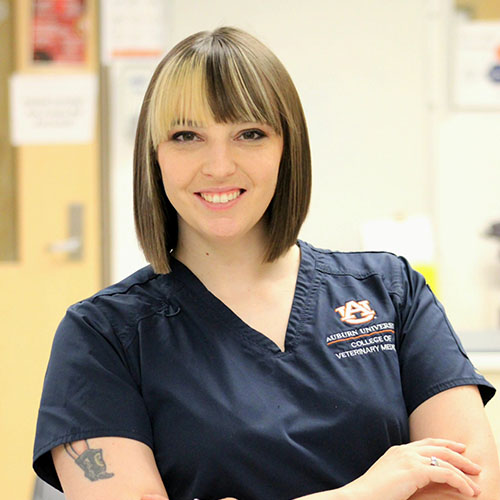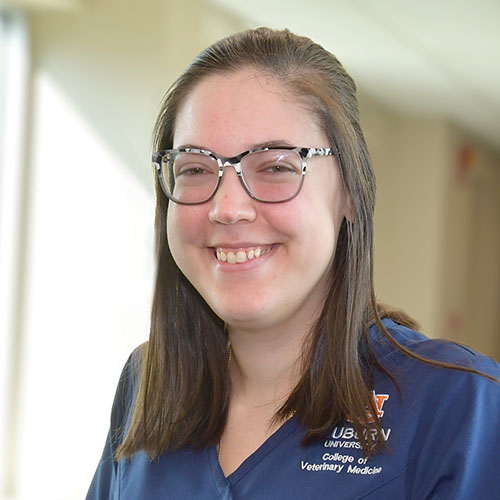Small Animal Internal Medicine
Read the Internal Medicine brochure (PDF).
About the Service

The Small Animal Internal Medicine Service provides state-of-the-art care to animals with complex medical conditions. A team of animal health care providers, including board-certified internists (faculty), residents, interns, technicians (nurses), and fourth-year veterinary students provide diagnostic testing and treatment for patients with conditions of the respiratory system, gastrointestinal tract, pancreas, liver, urinary tract, blood and lymphatics, endocrine system, and immune system, and with infectious diseases.
Below are examples of reasons an animal might present to the Internal Medicine Service:
- Nasal disease/discharge, cough, difficulty breathing
- Chronic diarrhea, vomiting
- Pancreatitis (severe inflammation of the pancreas)
- Jaundice, liver failure, portosystemic shunt evaluation
- Urinary tract infections, anatomical abnormalities, incontinence
- Kidney failure
- Abnormal red blood cell, white blood cell or platelet counts
- Difficult diabetic management, Cushing’s disease, thyroid conditions
- I-131 therapy for hyperthyroid cats
- Abnormal immune responses
- Various infectious diseases

What We Do
Animals referred to the Small Animal Internal Medicine Service often have a complex disease, multiple simultaneous illnesses, or require specialized diagnostics. Our team is experienced in the management of challenging cases and equipped with state-of-the art, advanced diagnostic equipment. We work to balance the multiple needs of a patient to improve quality of life.
Examples of advanced diagnostics and techniques that are available through our service include:
Imaging
- Ultrasonography
- Fluoroscopy
- Computerized tomography (CT)
- Magnetic resonance imaging (MRI)
Diagnostic Techniques
- Ultrasound-guided aspiration & biopsy of organs
- Bone marrow aspiration and biopsy
- Joint fluid aspiration
- Thoracocentesis, pericardiocentesis and abdominocentesis
Endoscopy
- Rhinoscopy
- Bronchoscopy
- Gastroduodenoscopy
- Colonoscopy
- Cystoscopy
- Vaginoscopy
- Sample Acquisition
Interventional/Endoscopic Procedures
- Foreign body removal
- Balloon dilation of esophageal strictures
- Percutaneous endoscopically-guided gastrostomy (PEG) tube placement
- Tracheal stent placement
- Esophagostomy tube placement
- Biopsy, brush cytology, bronchoalveolar lavage
Meet the Team

Céline Athes, DVM
Intern

Anugraha Easaw, BVSc, AH, MVSc
Resident

Gloria Sari, DVM
Resident

Polina Skliarevitch, BVM&S
Resident
Veterinary Support Staff

Charlotte Bleier, LVT

Mariah Clark

Maggie Raz, LVT

Lauren Ricigliano
- Janeva Cole







